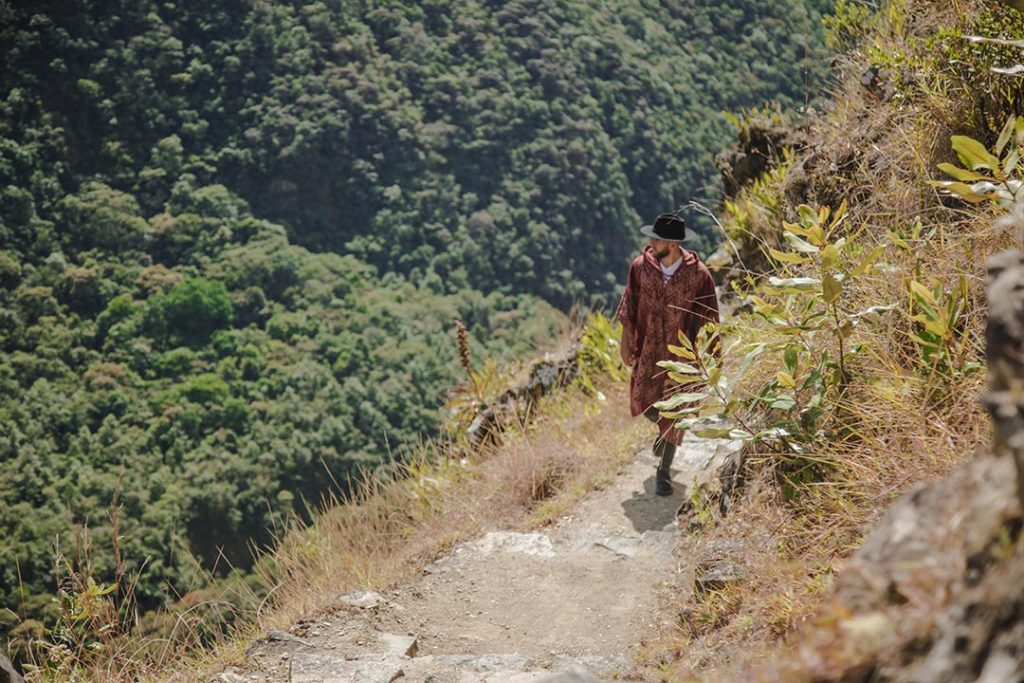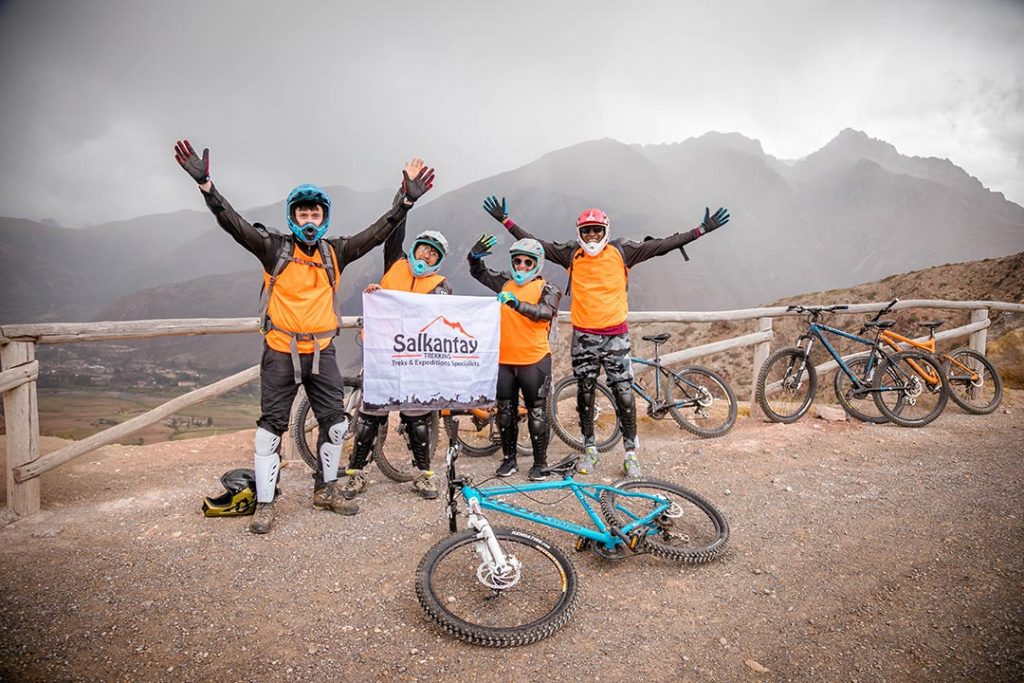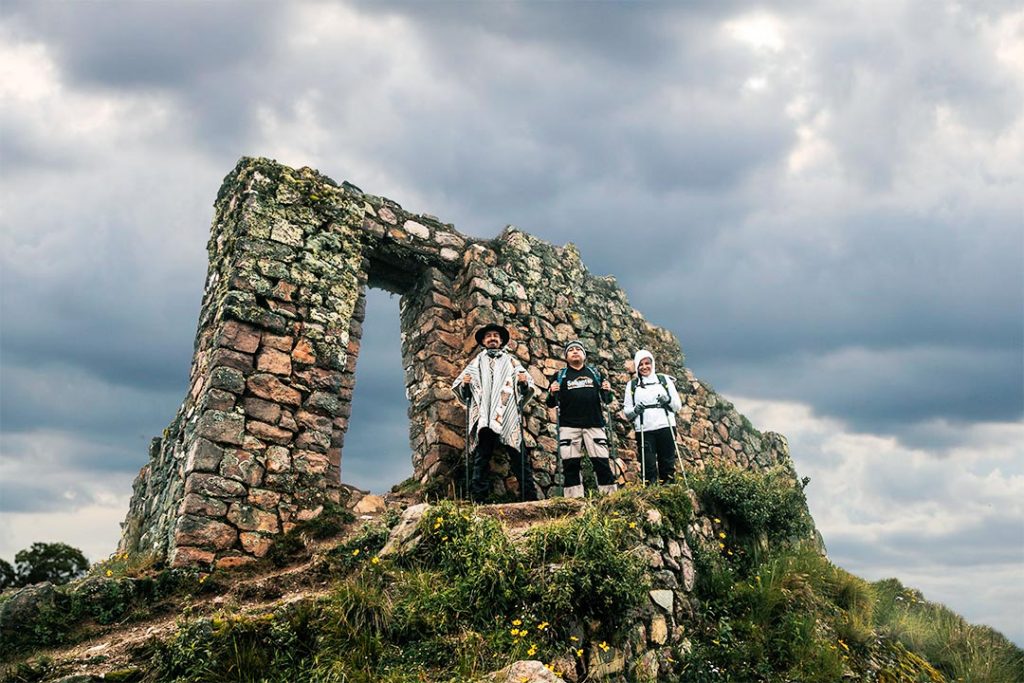There aren’t many places that conjure up feelings like those sensations when you enter Machu Picchu for the first time. You’ll get goosebumps all over and feel the hair standing up on the back of your neck.
As incredible as this ancient site is, there’s something else that plays just as big a role in your trip there and something you definitely shouldn’t neglect when planning your visit; the route you take to get there.
There are many choices, which can confuse those trying to figure out which way to go. Do you opt for the world-famous Inca Trail? Maybe you prefer something off the beaten path. Or perhaps you want a route that includes a fun-filled adventure. You might not have much time and prefer to take the train.
All these options make it difficult to make a choice, and it’s not a decision you should take lightly; after all, how many chances will you get to see this incredible world wonder? So you need to understand each route for you to decide with the knowledge of what you’ll be experiencing and what you might be missing out on.
We don’t want you to have any regrets, especially when you’re coming on a once in a lifetime trip and vacation. This is why we’ve put together this explanation of each of the routes to Machu Picchu for you to make an informed decision and enjoy your journey to the Inca citadel without worrying you should have chosen something else.
If you still have queries or doubts after, don’t hesitate to contact our team to ask any questions you feel necessary. We want you to have the most amazing time just as much as you do. So, without further ado, let’s begin.

The Best Routes to Machu Picchu
The Inca Trail
Perhaps it’s due to the name or because National Geographic named it one of the world’s best treks. Whatever the reason, the Inca Trail is the most sought after trek to the Inca fortress. It provides a unique experience along cobbled paths that the Incas walked all those hundreds of years ago. It’s also the only way you can enter Machu Picchu through Intipunku, the sun gate.
Along the way, you’ll observe archaeological sites that you can only see if you hike this route. You’ll spend the nights camping and with basic amenities at the campsites.
If you like the sound of this exciting route, you’ll have to plan far ahead as it sells out months in advance. This is because you need a special permit and there are only so many available each day. You should also know that it’s closed in February during the heavy rains and for maintenance.
Best for: Those who love to travel world-famous routes and who love history. Also suitable for hikers who don’t mind roughing it and only having access to basic amenities.

The Salkantay Trek
Known as the best alternative to the Inca Trail, the Salkantay Trek has it all. You’ll get to observe stunning landscapes from snowy mountain ranges, the absolutely beautiful Humantay Lake, the cloud forest, and then the edge of the Peruvian jungle. You’re also able to visit an Inca site called Llactapata and get a glimpse of Machu Picchu before you arrive in Aguas Calientes.
It’s a spectacular trek to get views of all kinds of landscapes as well as spend the night in small villages and communities. The route is moderately challenging, but you’re rewarded all along the way with dreamy scenery.
You don’t need a special permit for this route, so there are spaces all year round. Just be sure to book in advance from May to September because this is the high season, and the tour operator of your choice may have booked all their spaces already.
Best for: Hikers who love incredible scenery and a real adventure. Perfect for people who like to challenge themselves.

The Lares Trek
For a real taste of Andean life in the mountains and to see how local communities live in such rural areas of the country, the Lares trek is an excellent choice. You’ll be heading off the tourist routes and spending time with families in the mountains as you soak up gorgeous scenery and unique Andean flora and fauna.
If you can, book this ahead of time. It’s a little off the beaten path, and not all tour companies will have treks leaving daily. The trek can be challenging in parts, so preparing for the altitude and terrain is a must. Be sure to pack your bathing suit as you’ll get the chance to soak up some goodness at the natural baths in Lares.
Best for: Folk who enjoy peace and quiet while staying away from the crowds. Also perfect for anyone who wants to see how people live in other parts of the world.
The Inca Jungle Trek
Is trekking to Machu Picchu not enough for you? Perhaps you like the idea of cycling, too. Well, the Inca Jungle trek is as adventurous as you can get with bikes, hiking, and, with some agencies, rafting and zip-lining. It’s a thrilling way to journey to Machu Picchu, and you’re guaranteed to have a lot of fun.
You’ll be cycling from the Malaga Pass, which is very cold, to the edge of the Peruvian jungle, stopping at archaeological sites on the way down. You’ll feel the wind rushing through your hair for that extra thrill. A majority of the trek is through the jungle, hence the name, and you get the opportunity to see some tropical plants and wildlife.
Again, no permit is needed, so you don’t need to plan too far ahead. As always, though, we recommend booking in advance to avoid disappointment at the last minute. Being fit is an advantage for this route due to the various activities you’ll be taking part in.
Best for: Those looking for a real thrilling adventure and who enjoy jungle climates.

The Choquequirao Trek
When one incredible Inca archaeological site isn’t enough, why not opt for a trek where you can see two? Known as the last resting place of the Incas, Choquequirao is just as impressive as Machu Picchu but far less visited. In fact, you’ll likely get to experience this fantastic place without seeing hardly anyone else at all.
A lot of the site is still uncovered, so opting for this route at the moment is an excellent chance to see it before it starts to draw in crowds like Machu Picchu. You can also only access it by foot, for the time being, so you can imagine how quiet the area is. It’s a great opportunity to see rural Peru that tourists barely touch before continuing to the World Wonder itself, Machu Picchu.
You should know that if you plan to trek to Machu Picchu via Choquequirao, you’ll spend eight days walking, which can take its toll on some hikers. You need to be in good shape for this one. Booking ahead is a must as this trek doesn’t leave daily.
Best for: Fit hikers who like an off the beaten path adventure and to learn a lot about the history of new places and different cultures.

The Inca Quarry Trek
This is a newer route, which means it’s still relatively unknown and much quieter than others. However, that doesn’t mean that it’s any less spectacular. You get many opportunities to learn all about the Incas and stop off at many archaeological sites on this trail. You’ll also see some incredible scenery like waterfalls, rolling landscapes, and lush jungle.
You’ll also stop to visit the site where the Incas got their stones to build Ollantaytambo, one of the most prominent archaeological sites in the Sacred Valley. In addition to the sights along the route, you’ll get the chance to stop in small communities and see how the folks live away from the cities and towns.
Best for: History lovers who want to learn all they can about the Incas as well as enjoying stunning views and visiting small communities.

Other Ways to Get to Machu Picchu
You know, trekking isn’t the only way to get to Machu Picchu. Going by train and car are also viable options and great for when you don’t have as much time. When you go on a trek, you’ll also have to return to Cusco by one of these forms of transportation.
By Train
When you wish to travel by train, you have two options. You can go with Inca Rail or Peru Rail. Both are excellent options, and they offer very comfy trains with extras. Check out the differences between the two to see which you prefer.
You can get trains from Cusco, Urubamba, and Ollantaytambo. This makes it easy to travel to Machu Picchu in just a day or two.

By Car
A less expensive option is to travel by car. You’ll have to make your way to Santa Maria, then Santa Teresa, and finally Hidroeléctrica. From this point, you can either walk along the train tracks for 2.5 – 3 hours to Aguas Calientes or hop on a train for that last stretch. You can make this decision at the time, depending on how tired you are.

The Choice Is Yours
By now, you should have a much clearer idea about the options available to you regarding the best route to Machu Picchu. If you want to trek, you can weigh up the pros and cons of each route and see which suits you best. If you’re short on time, we recommend going by train or car. The train is faster, but a car will save you a bit of money.
Whichever way you decide on in the end, we’re sure you’ll have the trip of a lifetime. Each one of these routes to Machu Picchu is exciting, fun, and filled with a fascinating history and stunning views. You won’t be disappointed.











Leave A Reply